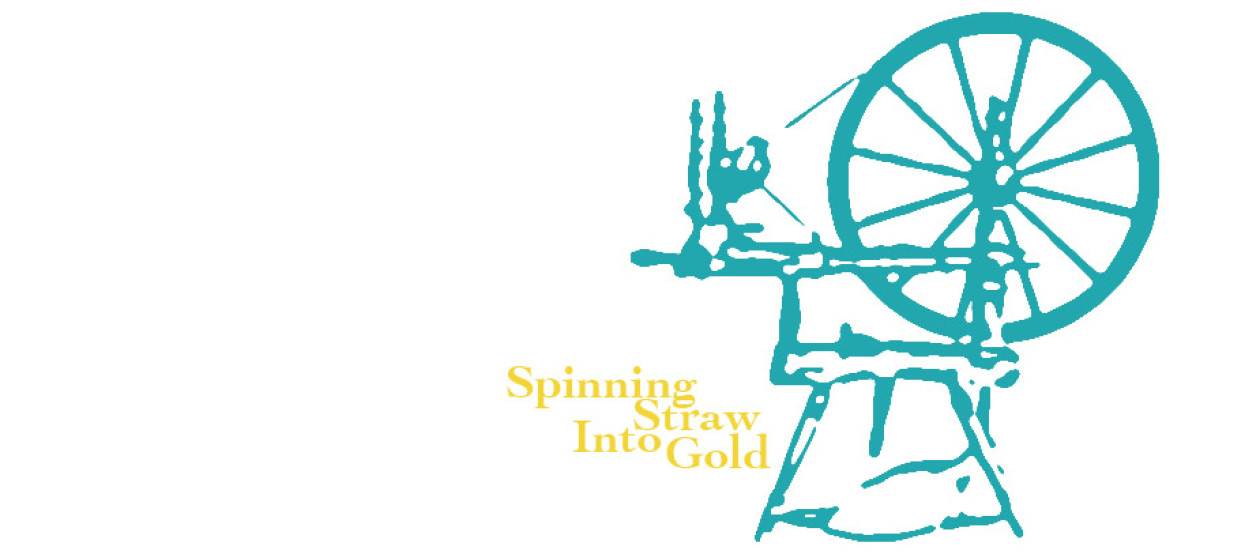In ongoing commitment to preserving the life and health of children, I must make a protest about an ugly truth that prevails in America—I don’t know enough about other countries to comment about them. 
We talk so much about choices, especially encouraging parents and children to make them healthful choices. We talk about obesity, and its growing peril to our nation, our budgets and ourselves. And. We have connected the dots on how choosing daily consumption of soft drinks adds calories at a level that simply skipping them could dramatically change the statistics on weight gain. We even have school changing their vending machine options to encourage better beverage choices, i.e. fruit drinks and water vs. soft drinks.
But, with all of these facts being true, I continue to be amazed at the number of venues where soft drinks are the only beverage being offered to children. I have observed this at picnics, church suppers, sporting events and family gatherings—and now hotel social hours.
Tell me why, when we offer adults alcohol and soft drinks as their two beverage choices, we cannot find a way to serve milk or apple juice, or even water to the children? For that matter, why wouldn’t that be an option for the adults also?
We seem to have become a nation who considers soft drinks a beverage Really it is not. Yes. They are drinkable. But, do we really want to classify a zero nutrition liquid a beverage in the same category as milk, juice, and water (which by the way does have minerals and health benefits), especially when we are talking about growing children? And, do we really want to send the message to children that this is an acceptable part of eating a daily meal? And, do we really want to have growing children become synonymous with increasingly obese children?
And, beyond obesity soda pop has a pathway you might want to consider before handing a can of the bubbly to your kids. John Tesh’s website reports the research on this:
In the first 10 minutes: 10 teaspoons of sugar hit your system. That’s 100% of your recommended daily intake. And the only reason you don’t vomit from the sweetness is because the phosphoric acid cuts the flavor – so you’re able to keep it down.
After 20 minutes: Your blood sugar spikes, causing an insulin burst. Your liver reacts to this by turning any sugar it can grab into fat. And at this particular moment – there’s a LOT of sugar in your system.
After 40 minutes: All caffeine is absorbed. Your pupils dilate, blood pressure rises and your liver dumps more sugar into your bloodstream. The “adenosine” receptors in your brain are now blocked – preventing you from getting drowsy. You also start producing more dopamine, which stimulates the pleasure centers of your brain. This is physically the same way heroin works.
And 60 minutes after you drink a soda: The phosphoric acid binds calcium, magnesium and zinc that was on its way to your bones – to your lower intestine instead. You also have a sudden urge to go to the bathroom, so you end up flushing all of those nutrients OUT of your body, as well as sodium, electrolytes and water. Then as your body quiets down, a sugar crash kicks in – causing you to feel irritable and sluggish. Not to mention you’ve emptied your system of the nutrients it needs to hydrate itself, and build strong bones and teeth. And all this’ll be followed by a caffeine crash in the next few hours.
So, John and I ask you: Is drinking soda worth all that!
Okay, maybe a cola at a special occasion. Maybe one at a baseball game. Maybe at a picnic, now and then. But, really, I implore you, let’s get good stuff into our kids for the daily fare. Let’s not make a treat into a daily beverage. Let’s all think about our choices—especially beverages at meals.
